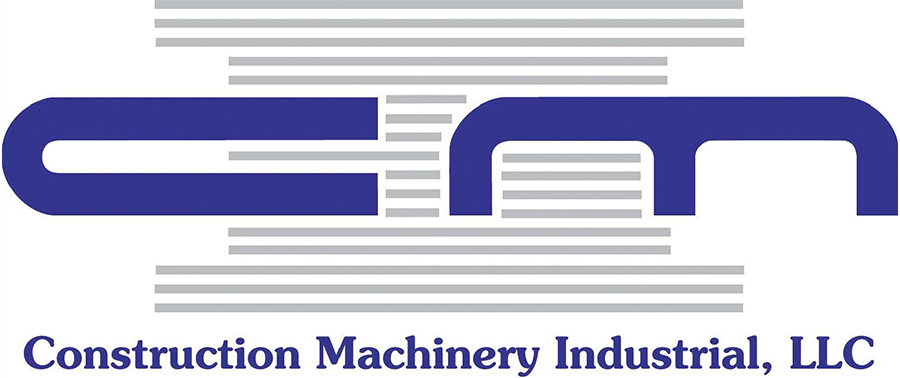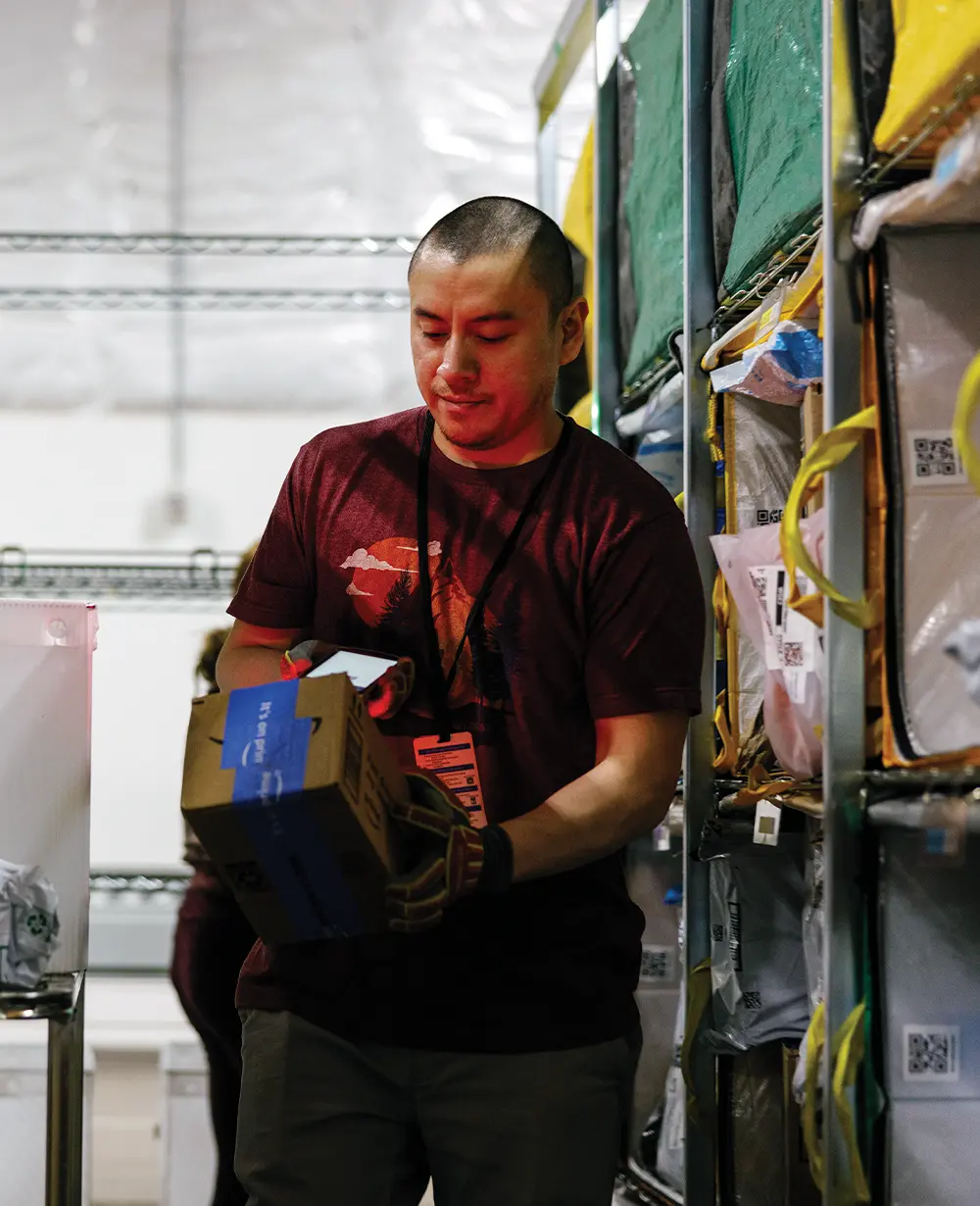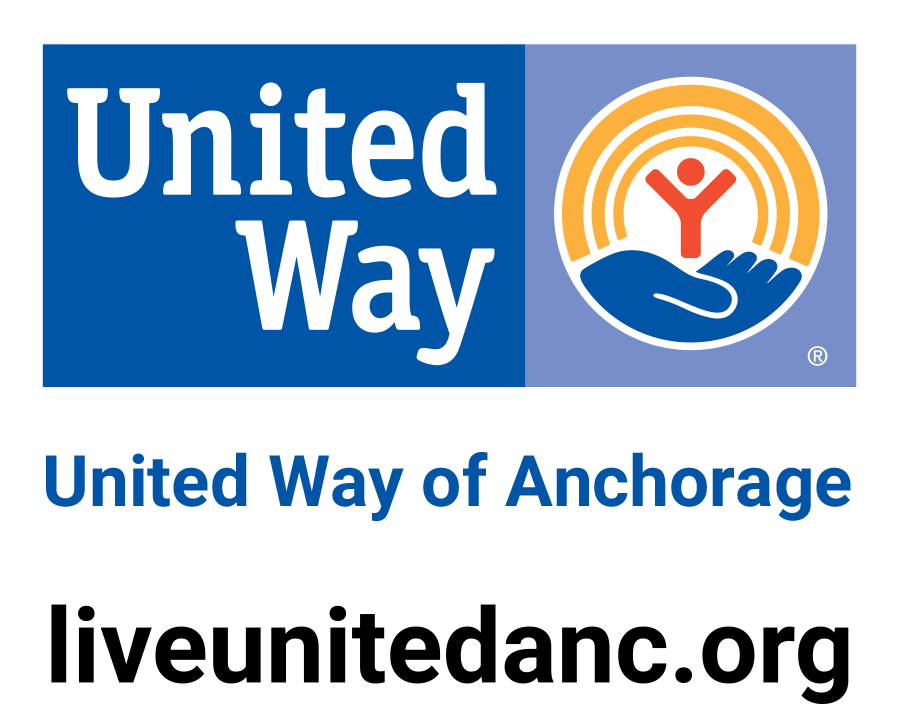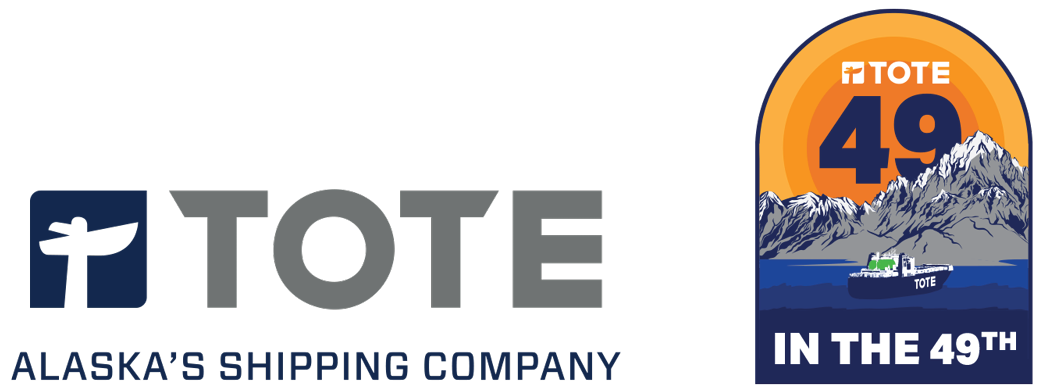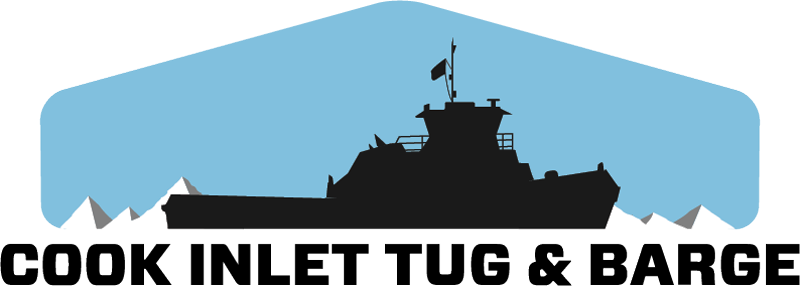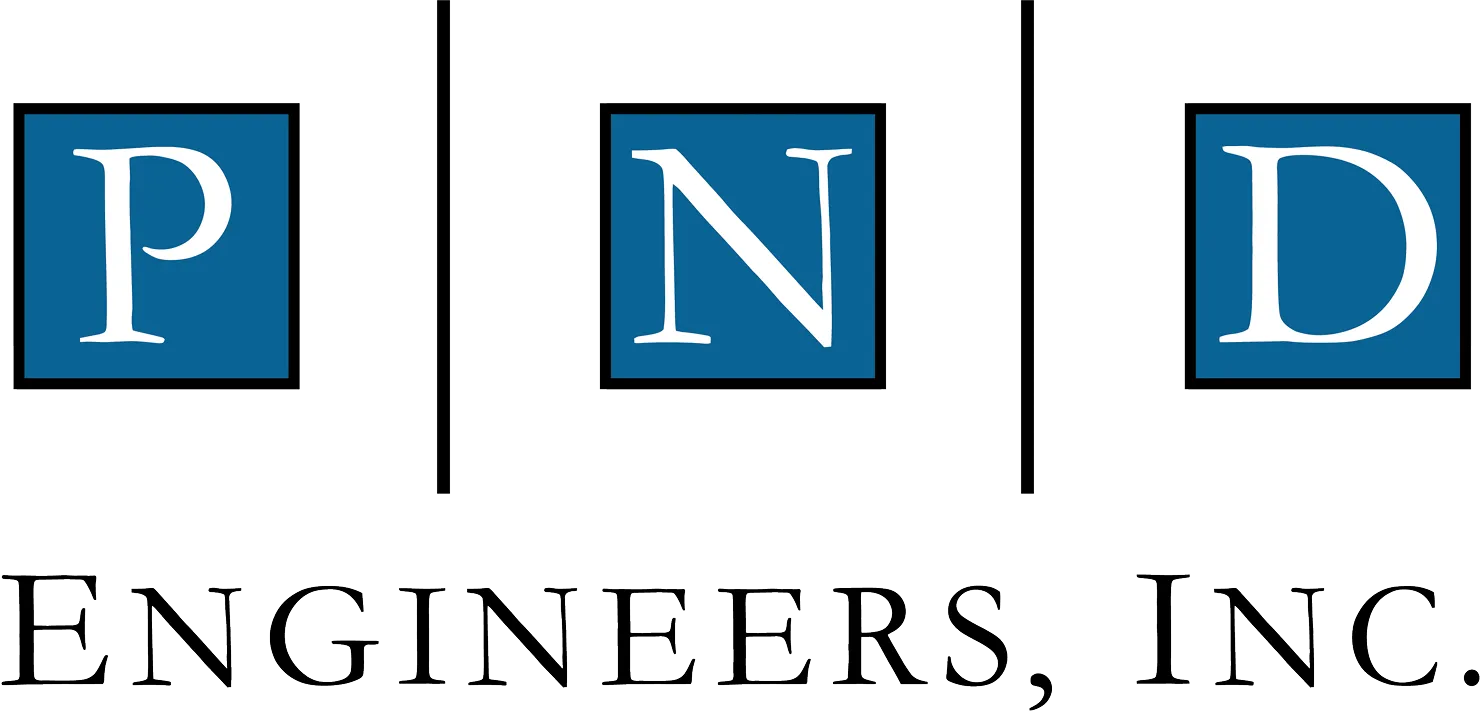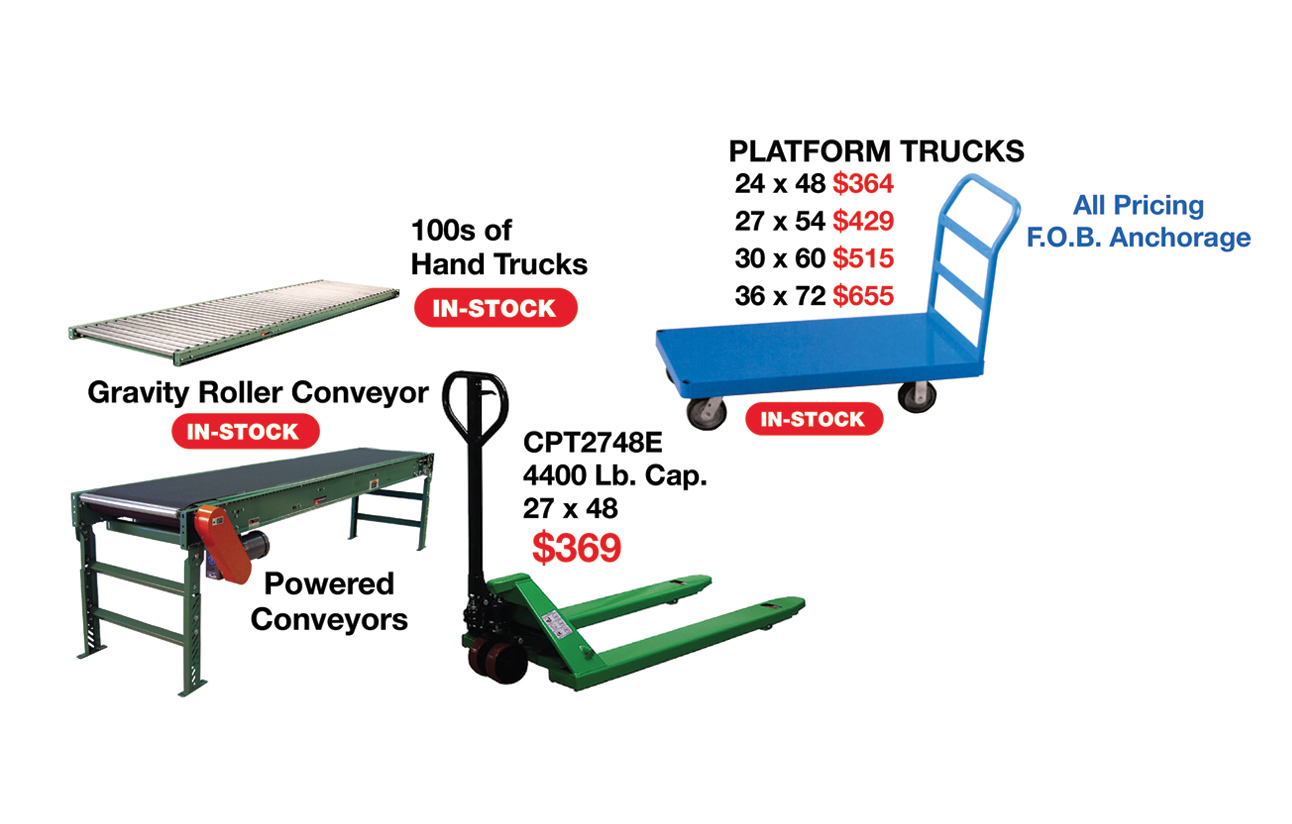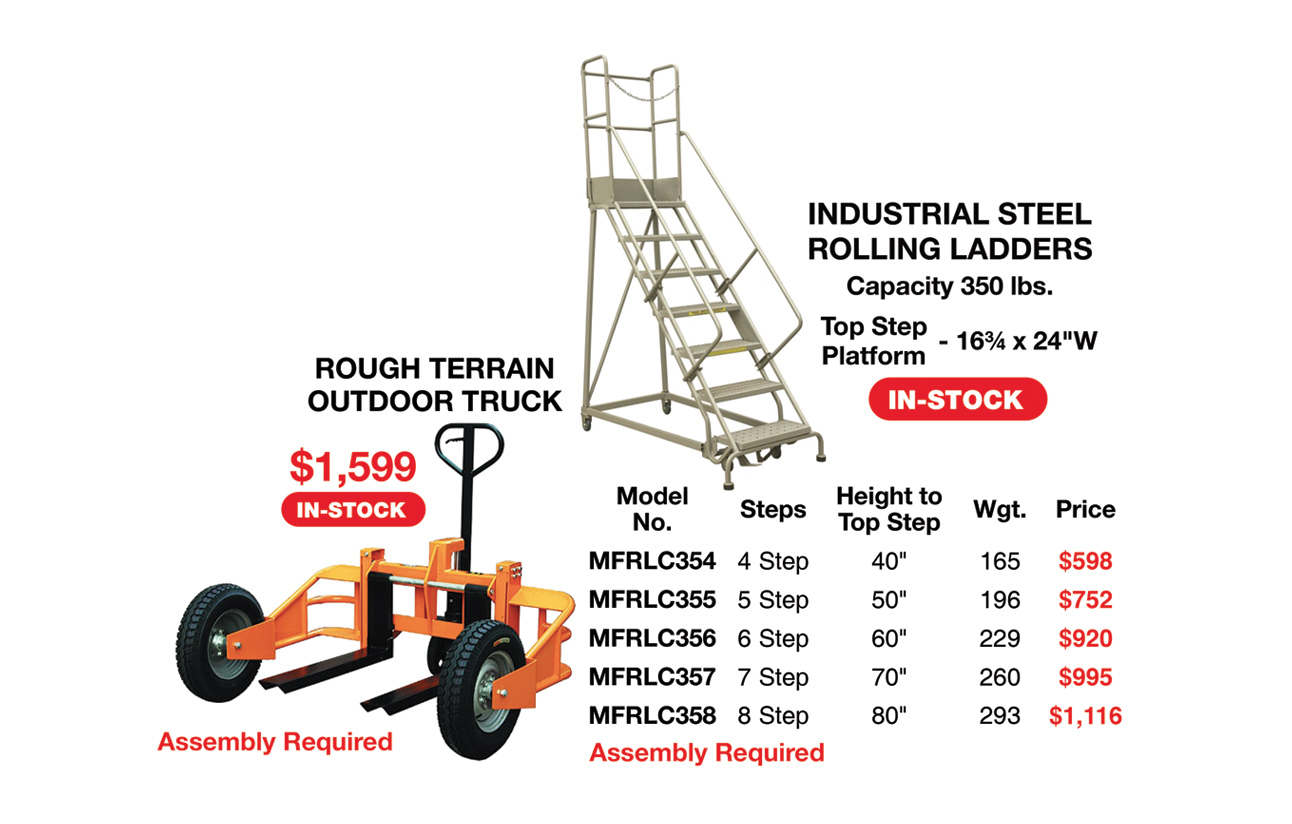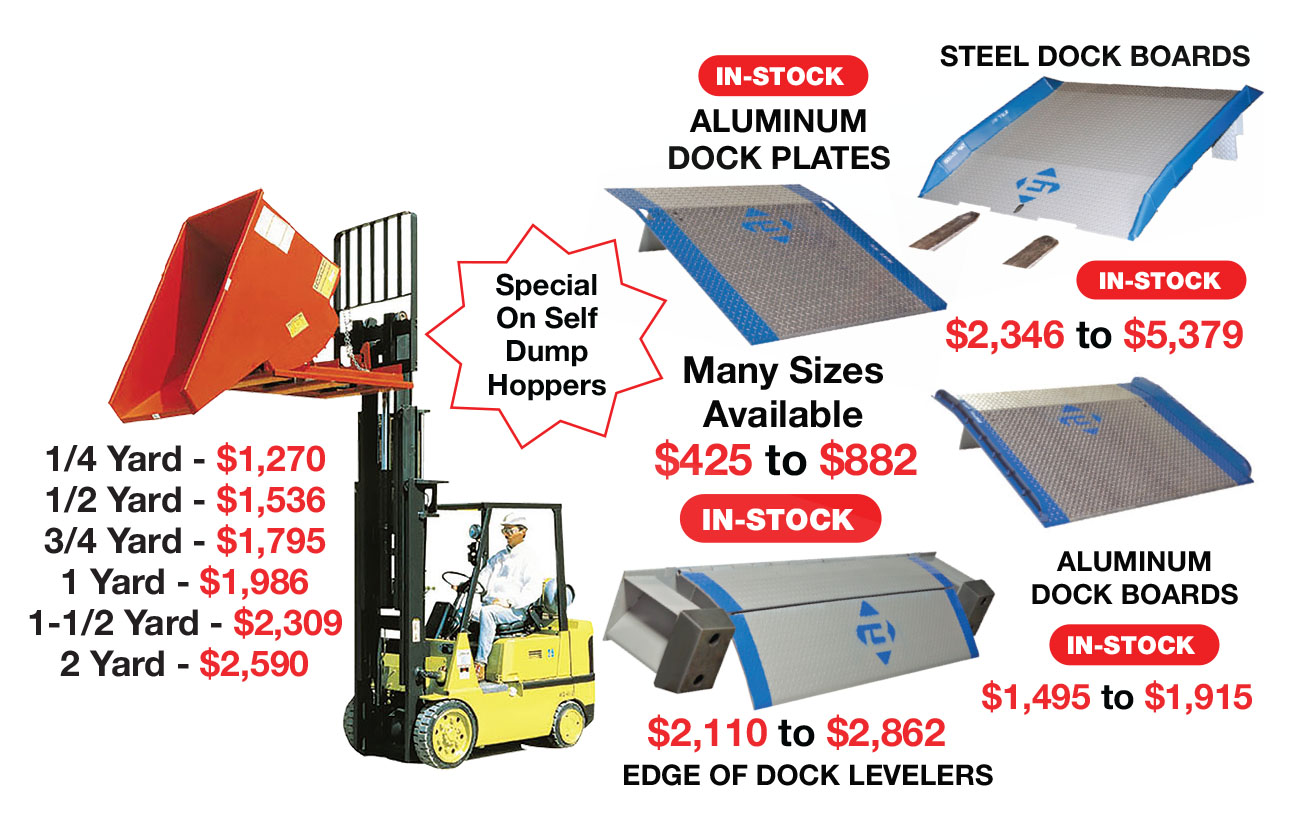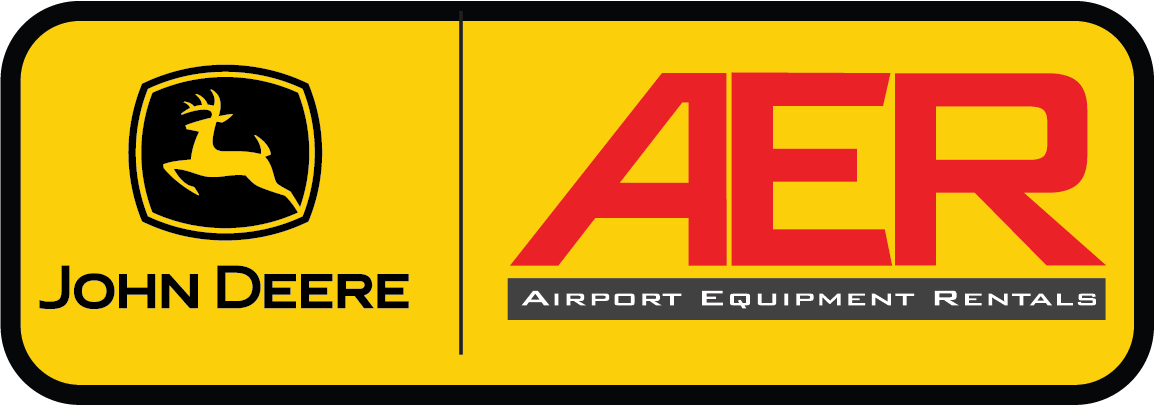
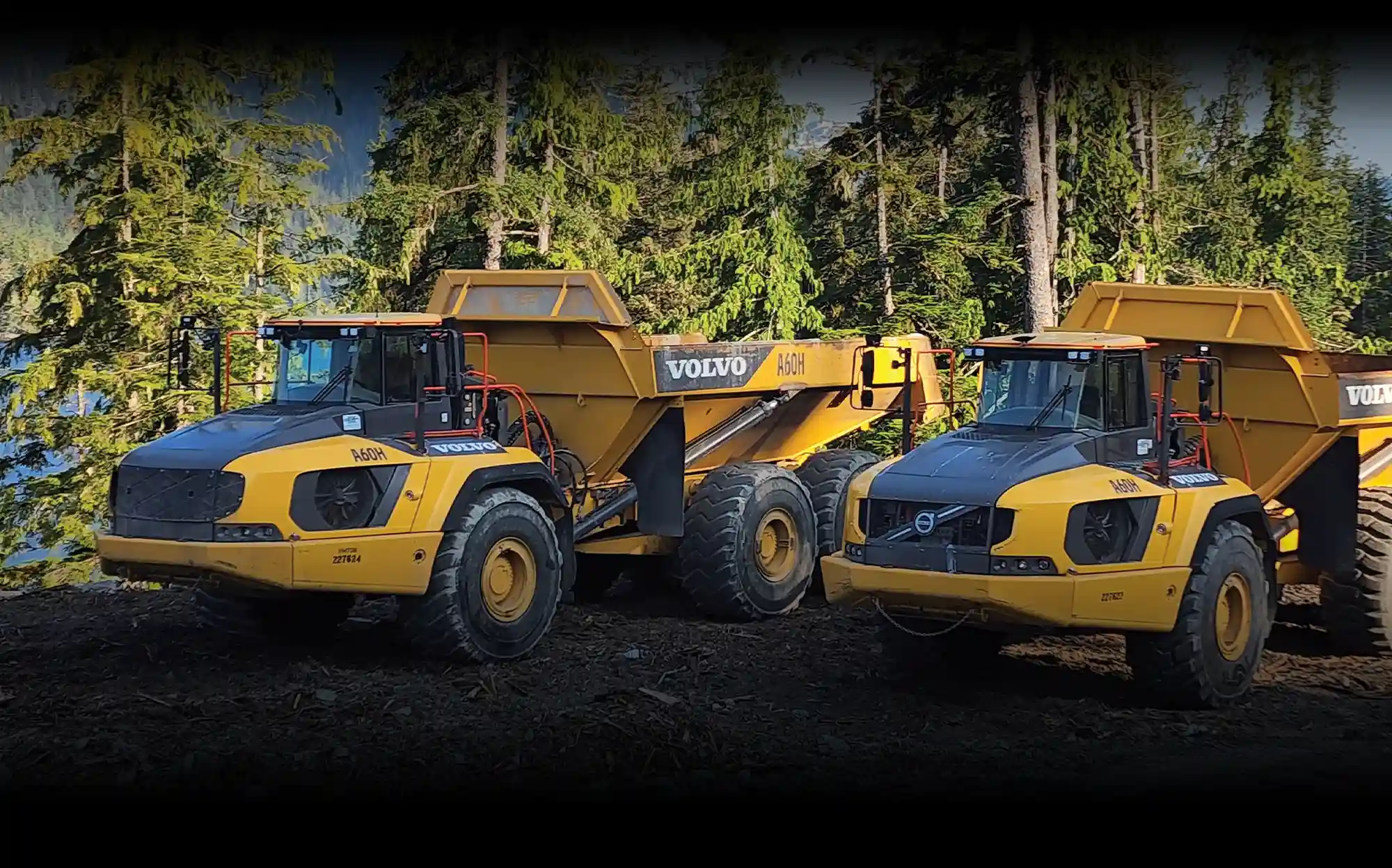
Prince of Wales, Alaska

Learn more about what powerful, fuel efficient Volvo haulers can do for your operation.
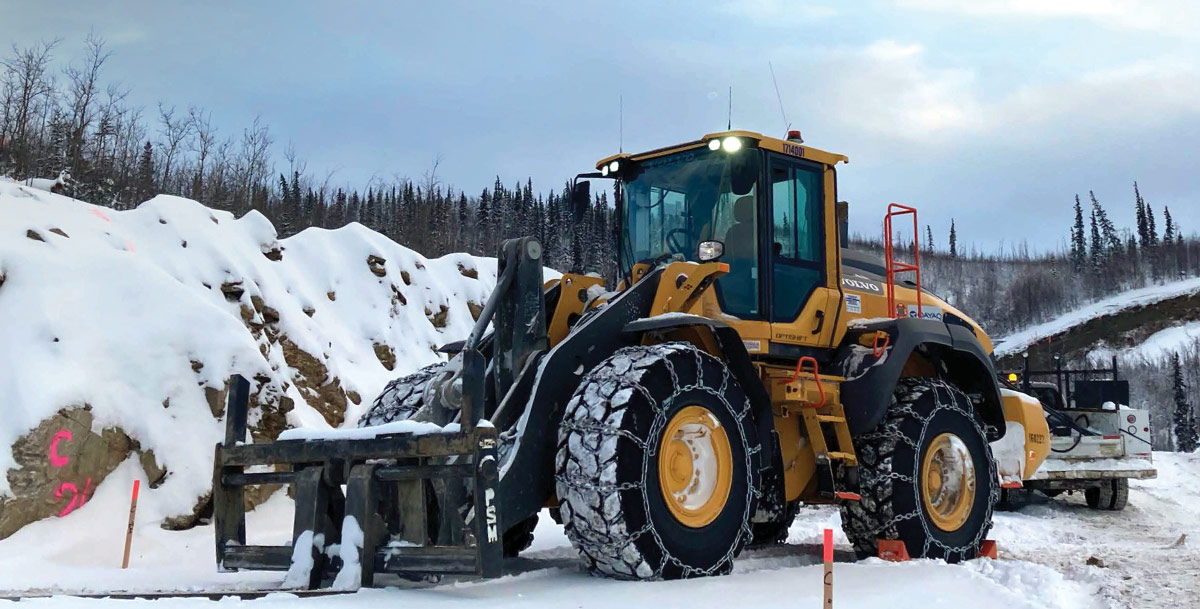
Tok, Alaska
907.563.3822
Fairbanks
907.931.8808
Juneau
907.802.4242
Ketchikan
907.247.2228

Sales Rep.
Anchorage Branch

Sales Rep.
Anchorage Branch
In Alaska. The best sales and products support lineup.
In your corner. The winning team.
Contents
Features
Singapore-India Trade Mission
Seeking new opportunities in South Asia
Welded in Homer
Bay Weld Boats grows with larger vessels, loyal customers
Resolve Marine to the Rescue
Emergency response and cleanup, around Alaska and the world
Singapore-India Trade Mission
Seeking new opportunities in South Asia
Resolve Marine to the Rescue
Emergency response and cleanup, around Alaska and the world
Quick Reads
Ingenuity and technology get Alaskans what they need
Joe Huhndorf
New planes and routes take passengers farther
New infrastructure for strategic logistics
Kerry Tasker
Ingenuity and technology get Alaskans what they need
Joe Huhndorf
New planes and routes take passengers farther
New infrastructure for strategic logistics
Kerry Tasker
About The Cover
Alaska gets its name from the Unangax̂ idiom for the mainland—that is, land that is not an island. Although the state might look like an island as an inset on some US maps, it is “a piece of the continent, a part of the main,” as John Donne meditated. And just as no man is an island, entire of itself, neither is Alaska; connections to Outside supply and sustain the state and its people.
On the edge of tomorrow, straddling the International Dateline, Alaska is also halfway to everywhere: the Air Crossroads of the World, along the Great Circle of North Pacific shipping.
Now, if we could just get out-of-state deliveries to understand.
Cover design by Monica Sterchi-Lowman
ery few organizations reach 100 years—which makes the centennial of the American Heart Association (AHA) an achievement that is “something to behold,” says AHA, Alaska Executive Director Kristin George. “I believe this milestone is a testament to the life-saving initiatives and tangible results we’ve championed to advance health and hope for everyone, everywhere,” she says.
Founded by six cardiologists as a small professional health society, the AHA is the nation’s oldest and largest voluntary organization dedicated to fighting heart disease and stroke. From scientific discoveries to public education and advocacy, the AHA has created a massive impact over the years. The association has invested more than $5.7 billion in scientific research that has supported life-saving innovations, including the implantable pacemaker, artificial heart valve replacements, and drugcoated stents.
From the Editor
phrase that readers can expect to see less often in this magazine is “The Last Frontier.” Although it remains Alaska’s official nickname, printed on state license plates, it has fallen into disfavor for three reasons.
Anthropological: To the first people migrating into the Americas, whether overland or along the coast, Alaska was their doorstep. Indeed, they likely did not perceive a frontier at all, just a lowland extension of the Asian continent (now inundated by the Bering Sea). Their descendants reached Tierra del Fuego about 10,000 years ago, but even that was not the last frontier. Polynesians pushed the actual frontiers of human habitation within historical times, settling Hawai’i and Easter Island about 1,100 years ago and finally discovering the unpeopled islands of New Zealand around the same time as—for reference—King John of England signed the Magna Carta.

Volume 40, #6
Billie Martin
press@akbizmag.com
Postmaster:
Send address changes to
Alaska Business
501 W. Northern Lights Blvd. #100
Anchorage, AK 99503
ot long ago, the phrase “It’s in the mail” meant that something sent via the United States Postal Service (USPS) was on its way, but the delivery date was uncertain. Thanks to an advanced postage system with tracking capability, that uncertainty has greatly diminished. However, technology often requires updates to handle compliance issues that arise in new situations. In 2024, USPS is enacting the final stages of postage meter requirements to increase efficiency and security of mail originating in the United States.

hile visiting Seattle, an Alaskan takes in the sights and smells of Pike Place Market. Wishing to financially support the shopping mecca, the visitor locates Rachel the Pig, a bronze statue that collects spare change for the Market Foundation. But oh darn, the Alaskan isn’t carrying cash.
No problem. About two blocks away, at 2nd Avenue and Pine Street, an ATM at BECU (established as the Boeing Employees Credit Union) dispenses dollars as readily as cash machines back home. BECU is part of the Co-op Solutions Shared Branch network, as are many Alaska-based credit unions. The network extends the reach of in-state financial institutions to more than 30,000 surcharge-free ATMs nationwide.
ver wondered why certain careers are called professions? The term comes from the Latin root “profiteri,” as in professing something of importance to others. The hallmarks of today’s professions are years of dedicated training, academic rigor, and a passion for having a positive impact in the community. The first step toward becoming such a practitioner is a professional degree, sometimes referred to as “first” degrees. Theology (MDiv, MHL, BD, or Ordination) and Medicine (MD) were the traditional professional fields, and now the list includes Law (LLB, JD) as well. The medical profession has expanded into Dentistry (DDS or DMD), Optometry (OD), Osteopathic Medicine (DO), Pharmacy (PharmD), Podiatry (DPM, DP, PodD), Veterinary Medicine (DVM), and most recently Psychologists (PsyD, PhD Clinical Psychology).


Northbound 800.426.0074 | Southbound 800.234.8683
hile Alaska’s largest international trade partners are currently China, Korea, and Japan, there may be some new Asian players entering the market if Greg Wolf, president and CEO of the Alaska International Business Center (akIBC), has anything to say about it. This spring, he was busy putting together an international trade mission to India and Singapore; he believes it could create lasting relationships between Alaska and the two countries. Those relationships, in turn, hold the potential to open new markets for Alaska exports.
“We believe that—similar to the success that we’ve achieved with exports to China—India could be the next very large market,” he explains. “Essentially, India needs everything that China needs, and our state has a lot to offer. Our goal over the past fourteen years has been to learn about what their import needs are and how our exports can meet those needs.”
In contrast to India as the world’s most populous country (surpassing China’s 1.4 billion in 2023), Singapore is one of the smallest sovereign countries by area, squeezed onto an island barely larger than the Anchorage Bowl. Its wealth belies that size, however.
hile Alaska’s largest international trade partners are currently China, Korea, and Japan, there may be some new Asian players entering the market if Greg Wolf, president and CEO of the Alaska International Business Center (akIBC), has anything to say about it. This spring, he was busy putting together an international trade mission to India and Singapore; he believes it could create lasting relationships between Alaska and the two countries. Those relationships, in turn, hold the potential to open new markets for Alaska exports.
“We believe that—similar to the success that we’ve achieved with exports to China—India could be the next very large market,” he explains. “Essentially, India needs everything that China needs, and our state has a lot to offer. Our goal over the past fourteen years has been to learn about what their import needs are and how our exports can meet those needs.”
In contrast to India as the world’s most populous country (surpassing China’s 1.4 billion in 2023), Singapore is one of the smallest sovereign countries by area, squeezed onto an island barely larger than the Anchorage Bowl. Its wealth belies that size, however.
ay Welding Services’ motto is, “We build custom aluminum vessels, with an emphasis on the custom, yet they all share the same DNA.”
That heritage dates back to 1974, when Allen Engebretsen started a mobile marine repair business out of a car trailer. The company expanded into manufacturing in 1996 with its first aluminum skiff.
For fifty years, Bay Welding has been assembling boats and barges in Homer for commercial fishing, passenger vessels, sports fishing, landing craft, law enforcement, and oil spill response.
Success is reflected in its current 30,000-square-foot production facility that employs fifty-five people. Next year, its campus will expand to accommodate more employees and larger projects.

Ink meets the pages of this magazine on a printing press in Portland, Oregon. Years ago, Alaska Business grew to the point where no printers in our namesake state could deliver the quantity and quality needed monthly.
Thus, Portland-based Journal Graphics does the job. The vendor mails copies to subscribers hot off the presses, and the remaining bulk order rides north to Anchorage on a cargo barge (or, on a tight delivery deadline, by air freight). To reach readers’ hands, these pages travel far.
The transportation sector is, in a literal sense, enmeshed in these pages. In an even more literal sense, these pages describe the workings of the transportation and logistics businesses that keep Alaskans moving.
Spotting trends and navigating turbulent waters can’t happen from behind a desk. The insights come when we put on our hard hats and meet our clients where they are.
Spotting trends and navigating turbulent waters can’t happen from behind a desk. The insights come when we put on our hard hats and meet our clients where they are.
420 L Street, Suite 400
Anchorage, AK 99501
(907) 339-7125
y rust-coated Miniature Pinscher, Vin Vin the Min Pin (I call him Vinny), has traveled with me on airplanes four times—but only once in the cabin. During that first and only experience, Vinny silently chewed through his carrier, under the seat in front of mine. When the flight attendant—not me—noticed his head peeping out, she told me I must keep him down there. We both knew that Vinny was unlikely to comply.
“Fine,” she sighed, “hold him in his carrier on your lap.” The flight attendant ignored me for the rest of the flight. In my arms, Vinny relaxed. Later, walking in the Seattle-Tacoma International Airport, struggling with my carry-ons and a dog held close to my torso in a carrier, I got looks of surprise. Mostly, people laughed at us.
Before Vinny, I had flown between Anchorage and Seattle with my silver Weimaraner, Clyde. On this flight when Vinny pulled his escape stunt, Clyde was in the plane’s baggage hold. Unlike Vinny, Clyde was calm while flying, curling up in his kennel when I delivered him to the loading area. My cat, Millie, behaved similarly.


At our West Coast Consolidation Center, we load your products into dedicated containers that transit directly to one of six service centers or air cargo facility for final-mile delivery. This eliminates extra rehandling and costly delays.
- Year-round weekly ocean transit in all conditions
- LTL, FTL, Chill/Freeze, and Keep From Freezing Protection options
- Specialized equipment for project, oversized, and hazardous material loads
- Delivery throughout Alaska, from metro Anchorage to North Slope to remote villages in the Bush
- Customized solutions for commercial and industrial sectors, including oil and gas, construction, F&B, and retail/tourism
Alaska Service Centers: Anchorage • Fairbanks • Juneau • Kodiak • Soldotna • Wasilla
or the retailers, wholesalers, and distributors who keep shelves stocked in rural Alaska, supply lines are long and thin, tying bush communities together like a lacy logistical web.
Begin tracing the path in Anchorage. The Port of Alaska, now the Don Young Port of Alaska, receives more than 4 million tons of cargo and fuel every year. The year-round port, owned and operated by the Municipality of Anchorage, is the major marine hub in the state and supports deep-water vessels. Two major carriers, Matson Navigation and TOTE Maritime Alaska, each bring container ships twice a week, originating from the Port of Tacoma.
Arriving cargo enters a cooperative system connecting to the Alaska Railroad via a rail spur, air cargo facilities at the Ted Stevens Anchorage International Airport, and trucks moving freight to communities along the road system.
Outside of the road system, delivery methods must be more inventive.
very Alaskan has a shipping story: the package that never came, the item that cost more to ship than to purchase, the full online cart that was abandoned when the buyer learned the seller won’t even ship to Alaska. Domestic shippers seem to treat the 49th state like a foreign country, which is especially galling given Anchorage’s centrality to global air cargo.
Local and national carriers and retailers are working to change this. With Amazon’s first ground-based delivery station in Alaska now open, Anchorage and surrounding areas are already seeing faster delivery of packages. Investments and new infrastructure from FedEx Express and NorthLink Aviation also promise to streamline the flow of goods in and out of Alaska.

At Cook Inlet Tug and Barge, we pride ourselves on our unwavering commitment to safety standards that exceed industry benchmarks. Your cargo isn’t just in good hands; it’s in the safest hands.

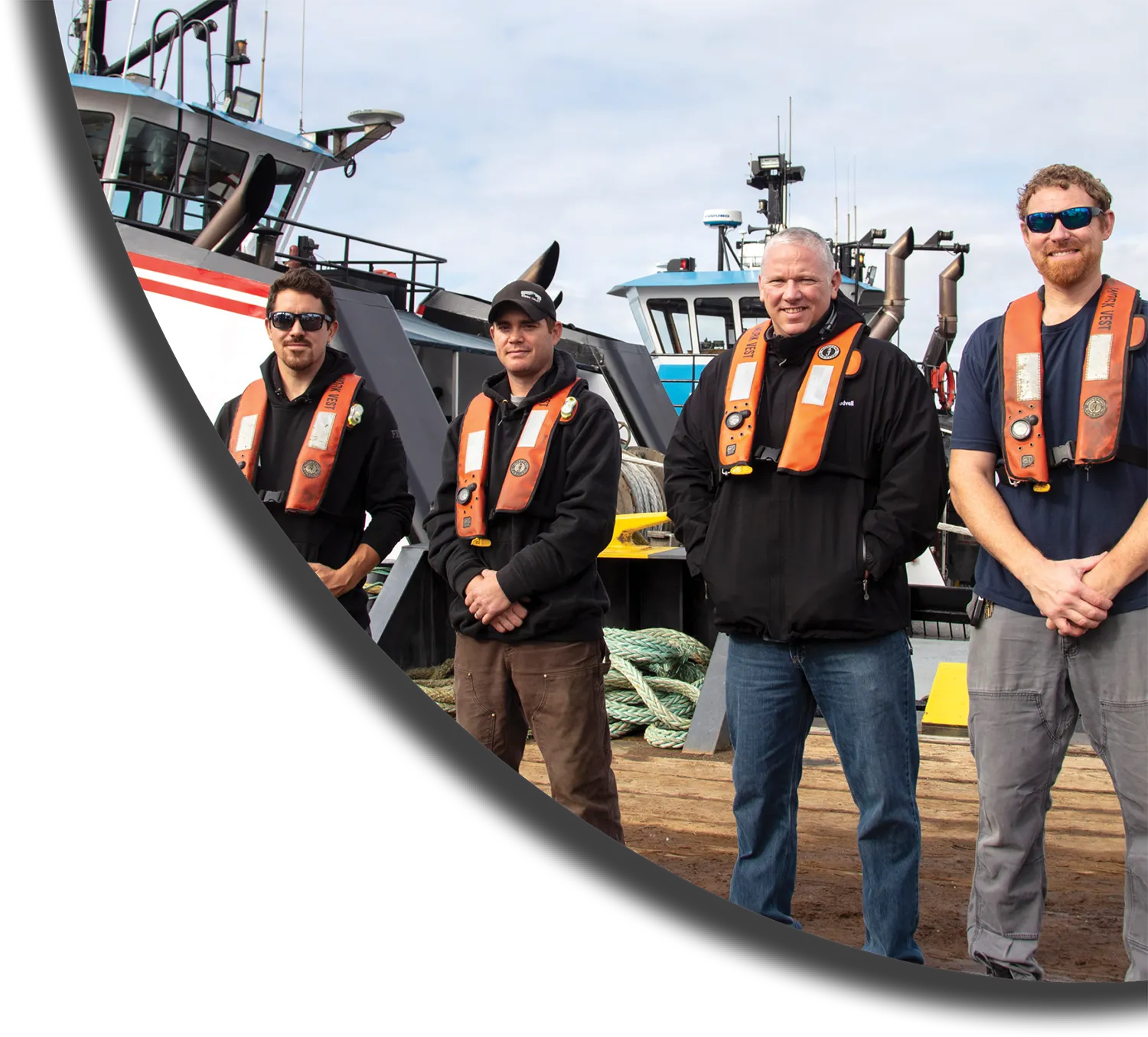
At Cook Inlet Tug and Barge, we pride ourselves on our unwavering commitment to safety standards that exceed industry benchmarks. Your cargo isn’t just in good hands; it’s in the safest hands.


n Alaska’s North Slope, the terrain, climate, and remote setting can make movement of supplies, equipment, and other cargo challenging. Lynden’s diverse family of companies offers a comprehensive solution. Lynden enables North Slope customers to access multi-modal transportation and logistics services from a single source, so they can ship freight efficiently, seamlessly, and safely.
Lynden has a vast fleet of company-owned equipment, including trucks, barges, landing craft, hovercraft, Hercules aircraft, PistenBully snowcats, specialized equipment, and trailers and containers. Whether by land, sea, and/or air, customers can use Lynden’s transportation options to ship almost any size and type of cargo.
Lynden tailors execution strategies to customers’ budget and timetable while advocating this pragmatic philosophy: pay for the speed you need. “You tell us when it’s ready to ship and when you want it delivered, and we’ll figure out the rest,” says Jacob Harrison, Corporate Account Manager for Lynden Transport, part of the Lynden family of companies. “On any given day, we’re combining barge, truck, and air capabilities to move freight to the North Slope as efficiently and effectively as possible.”
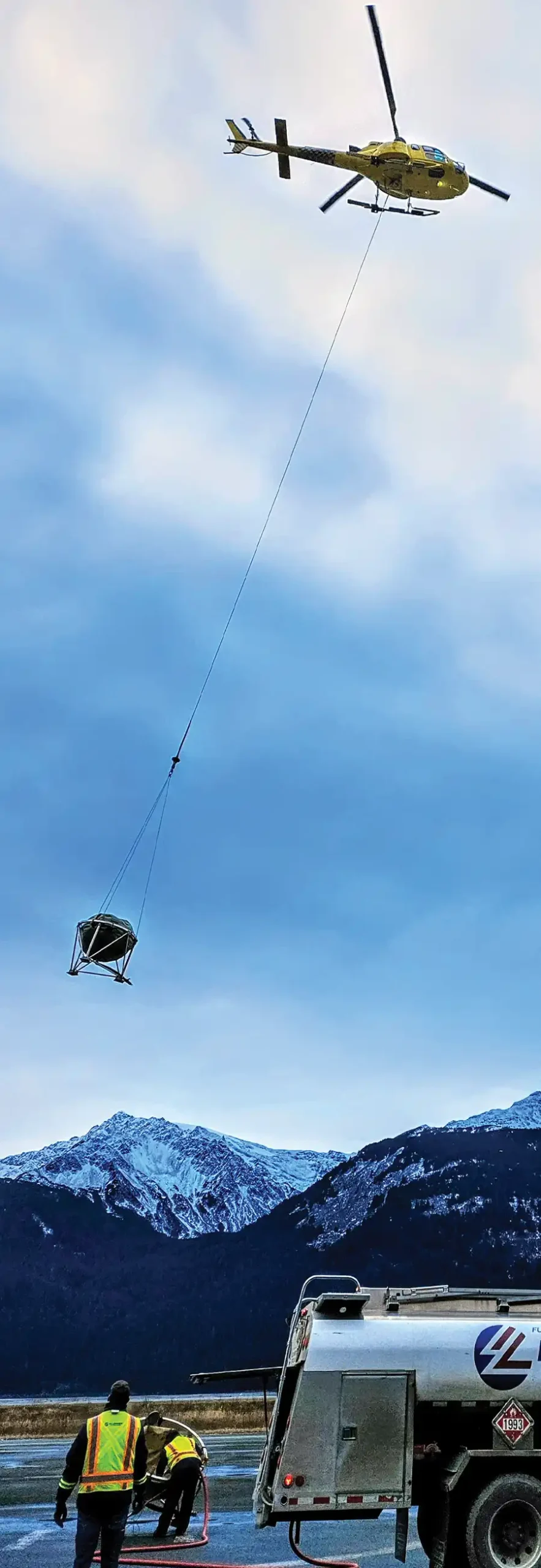
n September of 1975, the containership SS Great Land, owned and operated by up-and-coming domestic shipping company Totem Ocean Trailer Express (TOTE), left Seattle on her maiden voyage to Anchorage. Seven years later, a group of investors came together to form a new partnership to acquire TOTE and its ocean-liner service. They named their partnership Saltchuk, Chinook jargon for “saltwater.”
Saltchuk’s purchase of TOTE in 1982 was followed by the acquisition of a portfolio of Alaska-based operating companies, all integral to the state’s critical infrastructure and supply chain.
“It’s humbling and exciting to be a Saltchuk company in Alaska,” says Art Dahlin, vice president and Alaska general manager for TOTE. “If you live in Alaska, the car you drive, the food you eat, and the clothes you wear likely arrived on a TOTE ship. Once the ship is docked at the port, produce from a trailer on board can be on the shelves of your local grocery store within two hours. Our vessels also serve the oil and gas industry, the mining industry, and the military—vital segments of the Alaska economy.”
Those sentiments are echoed by Dahlin’s counterpart at Cook Inlet Tug & Barge (CITB), Jeff Johnson. “Saltchuk companies in Alaska all offer unique and necessary services to keep supplies, infrastructure, and the Alaskan way of life moving forward,” says Johnson, CITB president and a fourth-generation Alaskan.
907-276-5050
907-452-1192
907-376-3838
907-262-5977
ast Coast destinations have been part of the Alaska Airlines route structure since 2001, when the carrier acquired its first Boeing 737-900 that could fly from Seattle-Tacoma International Airport (SEA) to Washington, DC. Further cross-country jaunts to Philadelphia, Orlando, and Fort Lauderdale were added in the following decade, all out of SEA. Today, Alaska Airlines connects to Baltimore, Boston, Newark, and other points east from both SEA and the company’s pre-1953 home base in Anchorage.
This month, though, is the first time Alaska Airlines is flying nonstop from Ted Stevens Anchorage International Airport (ANC) to John F. Kennedy (JFK) International Airport in New York City.
And what a flight! Alaska Airlines’ longest route had been from SEA to Nassau Bay in The Bahamas. However, the ANC to JFK flight is calculated to take seven hours and five minutes—which is nearly an hour longer than the carrier’s previous record holder.
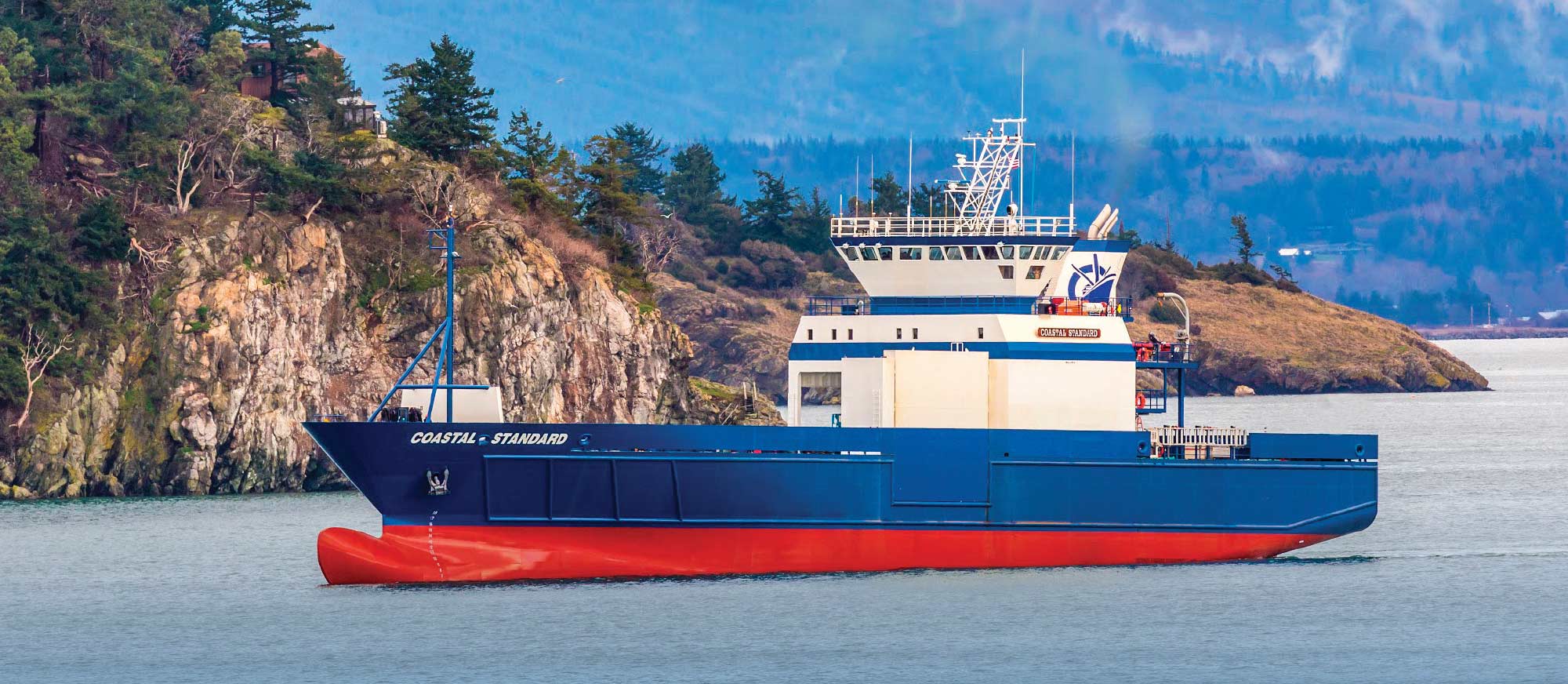



he Tropics and the Arctic seem like polar opposites. Frozen darkness and ice dominate in Alaska, while pleasant temperatures and abundant sunshine bathe the Pacific islands.
Yet Alaska and Polynesian communities, separated by hundreds of miles of ocean, have been linked for generations. The Tlingit tell of pre-colonial meetups with ships carrying Hawaiian deckhands, and other accounts exist of Hawaiian or Polynesian crew aboard Gold Rush-bound boats and whalers.
Both communities share a focus on foods from the land and an adventurous spirit. Ask Polynesian community members what brings them to Alaska and chances are the answer has to do with one or the other of those.
Come
together
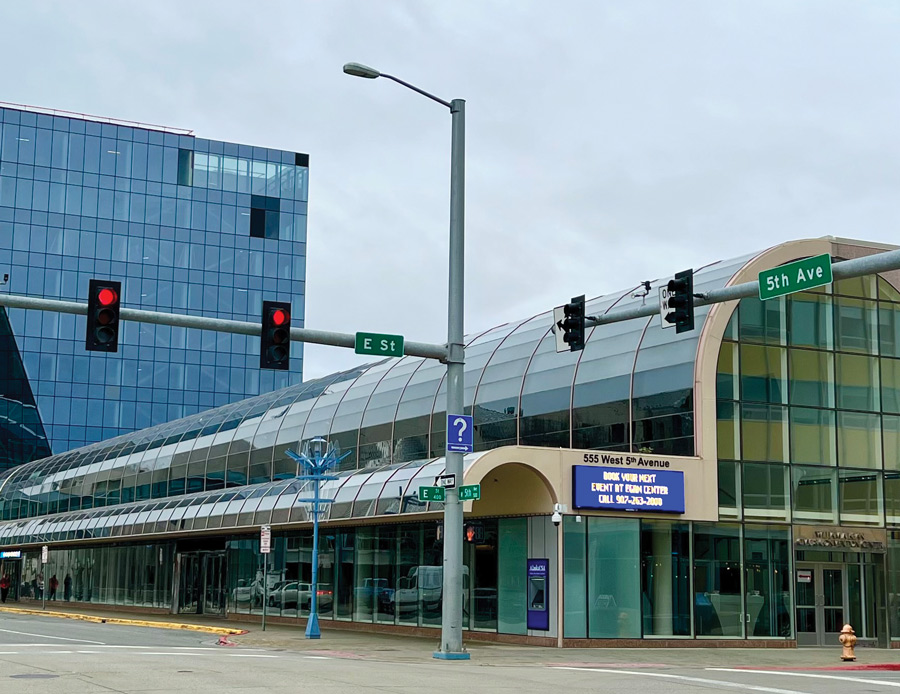


Events | Concerts | Conferences | Conventions | Banquets | Meetings | Trade Shows | Weddings | In-house Catering | Equipment Technology
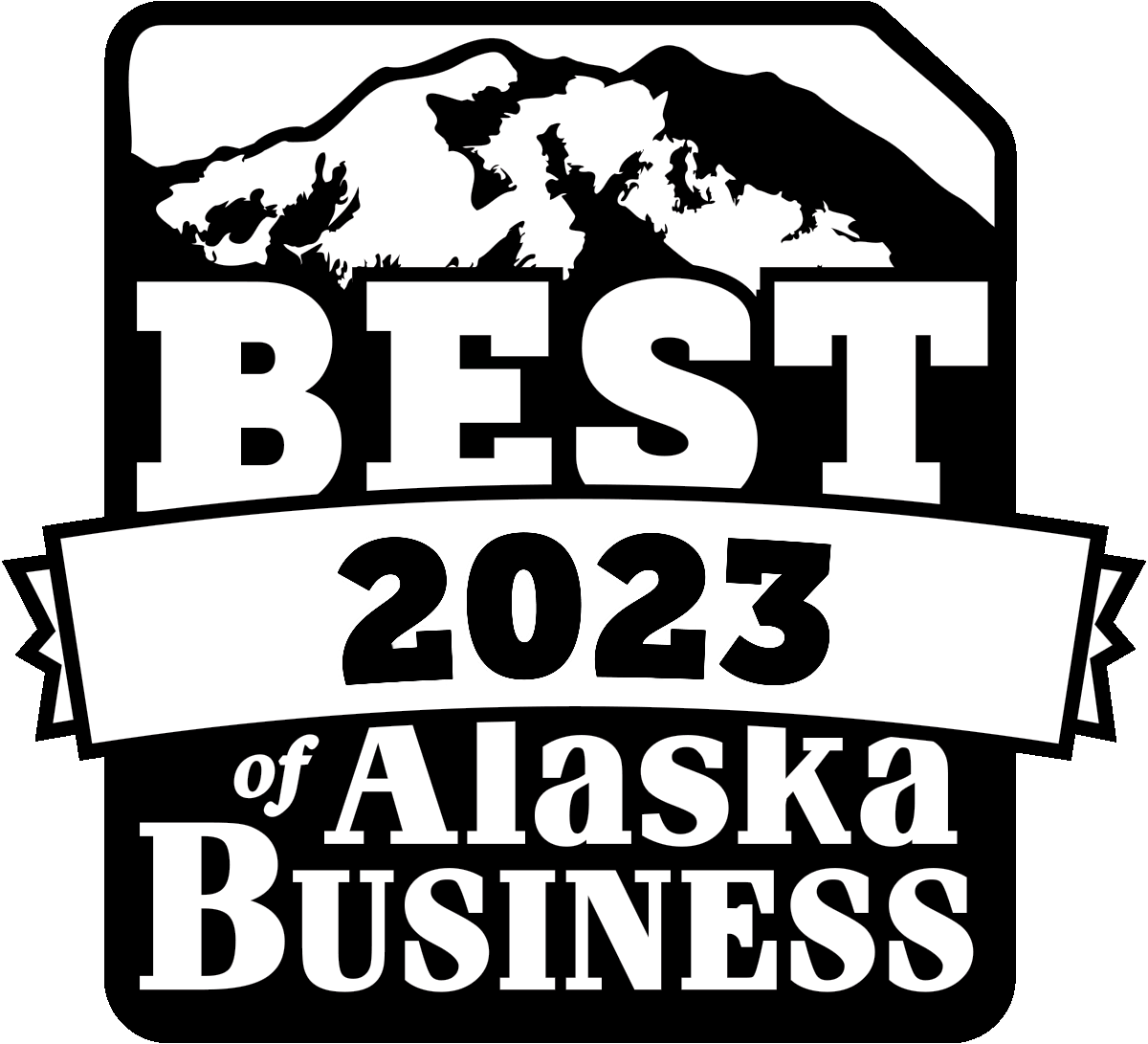

ot too long ago, Alaska’s salmon fishery was at a high. The record for the largest salmon run was set in 2018, and again in 2021, and again in 2022. It wasn’t just Bristol Bay; across Western Alaska, sockeye and pink salmon populations reached historic levels between 2021 and 2022, according to the National Oceanic and Atmospheric Administration.
But all good things must come to an end.
The sockeye salmon run in Bristol Bay is forecast to be millions of fish short of the 2023 season, although the run is still supposed to be above the ten-year average, according to the Alaska Department of Fish & Game.

f British Columbia had its way, the Alaska Panhandle would’ve contained no mainland territory south of Glacier Bay. During a long-standing boundary dispute, the province asserted the maximum claim, leaving only the major islands of Chichagof, Baranof, and Prince of Wales for the United States.
For its part, the governments of Canada and the United Kingdom claimed somewhat less, leaving a fringe of mainland that would’ve excluded Juneau and Ketchikan from their dominion. And the United States claimed a deeper slice of the continent, to the eastern foothills of the coastal mountain ranges. The border settled by arbitration in 1903, five years after the Klondike Gold Rush, split the difference.
The temperate rainforest of the Pacific coast was first divided in 1825, when the Russian Empire agreed with its British rivals to demarcate their zones of influence along “the summit of the mountains situated parallel to the coast” until reaching 141 degrees west longitude, where a straight border through unexplored territory satisfied both parties. Vaguely defining which summits, exactly, led to the conflicting claims.
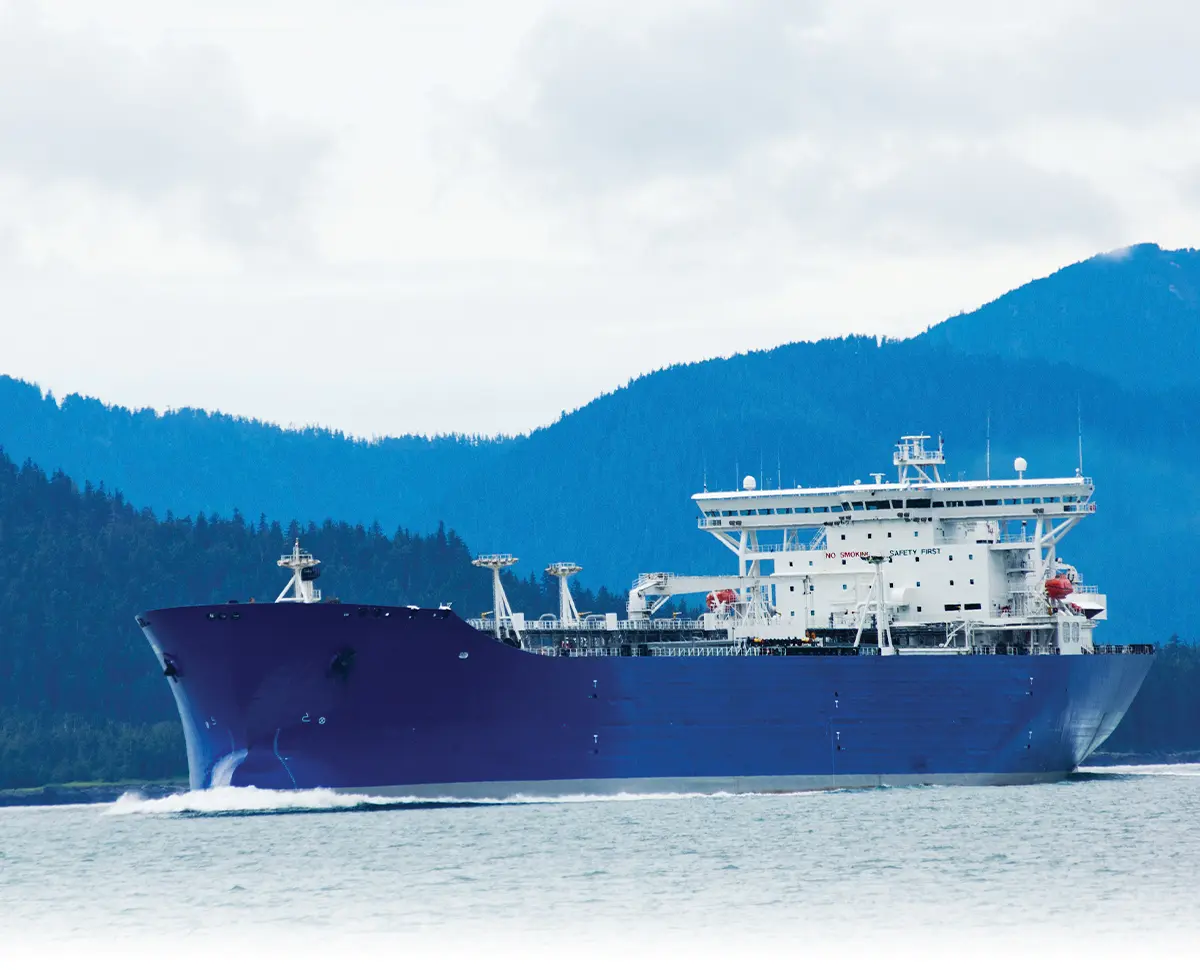
Tashka | iStock
hen oil emerges from the depths of the earth on Alaska’s North Slope, the journey has just begun. Transporting crude oil from 250 miles north of the Arctic Circle to its first destination in Valdez is only a portion of the process required to deliver this valuable natural resource to its final customers. The transport starts at Pump Station 1 in Prudhoe Bay, where crude oil enters the Trans Alaska Pipeline System (TAPS)—but it does not end 800 miles away in Valdez, which is not even halfway to the finish line.
he morning of February 8, workers in the Southwest village of Kwigillingok discovered a spill of diesel fuel from a tank farm. Nearly 9,000 gallons overflowed from a 10,000-gallon tank during a transfer operation, according to the Alaska Department of Environmental Conservation.
Four days later, US Coast Guard personnel arrived and determined that the spill posed a threat to the Kwigillingok River, about 500 feet away. The agency brought in a three-person team from Resolve Marine, an oil spill response contractor, to conduct on-site plume delineation, drone imagery, and sampling.
Over the next week, Resolve Marine mobilized recovery materials from its staging area in Bethel. The company had to create infrastructure for its specialized crews, who were handling the clean-up, to both work and stay in. Then the company had to move equipment to recover the fuel, but the nearest skid-steer excavator was miles away in Kongiganak. Some equipment was driven overland from village to village, and some had to be flown in. For that task, Resolve Marine used cargo aircraft suitable for short takeoffs and landings because the village’s runway is only about 1,500 feet long.
Anchorage, AK 99507
www.materialflow.com

n the transportation industry, the term telematics refers broadly to using computers in concert with telecommunications systems. The term has evolved to refer to systems used in automobiles that combine wireless communication with GPS tracking.
In 2010 the Association of Equipment Management Professionals standardized the use of telematics in equipment for the shipping industry. The Association of Equipment Management Professionals represents close to a thousand fleet professionals who work in construction, government, utilities, energy, mining, and any industry that requires the effective deployment of heavy equipment and is the heavy equipment industry’s only professional organization for equipment managers and their teams. The adopted ISO 15143-3 standard “aims to create a universal data communication protocol, ensuring compatibility and interpretability across diverse telematics systems from various manufacturers. It outlines precise specifications for data types, transmission frequencies, and access methodologies.” This allows for a unified, comprehensive view of all operational metrics across the organization.
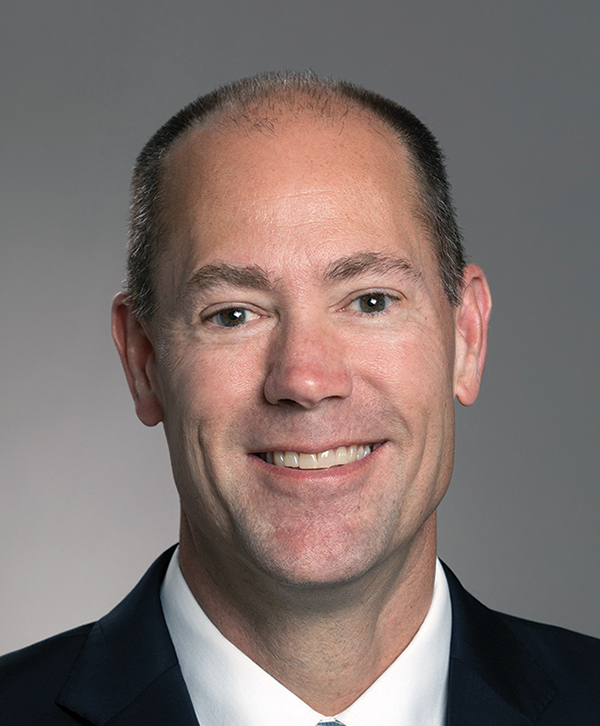
 Joe Schierhorn, a charter employee of Northrim Bank since it started in 1990, passed a couple of leadership titles to a successor. The board of parent company Northrim BanCorp selected Mike Huston as the new President and CEO. Huston also takes on Schierhorn’s duties as Chief Operating Officer, while Schierhorn remains Chairman of the Board. Before coming to Alaska, Huston was executive vice president and chief banking officer at First Interstate Bank in Billings, Montana. He joined Northrim Bank in May 2017 as Executive Vice President and Chief Lending Officer of Northrim Bank. He was appointed President and Chief Lending Officer in March 2022. Huston earned a bachelor’s degree in finance from Arizona State University and is a graduate of the Pacific Coast Banking School.
Joe Schierhorn, a charter employee of Northrim Bank since it started in 1990, passed a couple of leadership titles to a successor. The board of parent company Northrim BanCorp selected Mike Huston as the new President and CEO. Huston also takes on Schierhorn’s duties as Chief Operating Officer, while Schierhorn remains Chairman of the Board. Before coming to Alaska, Huston was executive vice president and chief banking officer at First Interstate Bank in Billings, Montana. He joined Northrim Bank in May 2017 as Executive Vice President and Chief Lending Officer of Northrim Bank. He was appointed President and Chief Lending Officer in March 2022. Huston earned a bachelor’s degree in finance from Arizona State University and is a graduate of the Pacific Coast Banking School.Alaska Trends
bad day of fishing is supposed to beat a good day at work, or so the saying goes. When the work is fishing, however, a bad day is even worse. Buffeted by market forces, seafood processors are taking drastic measures this season, with great consequence for Alaska’s coastal communities.
The Alaska Department of Labor and Workforce Development reported in April that processing facilities slated for sale, closure, or temporary shutdown represent about 15 percent of seafood jobs during the peak of the season in July. For further perspective in this issue, “Rough Seas Ahead” by Alex Appel describes some of the effects for communities and seafood processing companies.
To place these developments in a broader context, the Alaska Seafood Marketing Institute (ASMI) recently updated its biennial report on the economic value of Alaska’s seafood industry to include data from 2022 and 2023. Among the topline findings are that the industry contributes about $6 billion to Alaska’s economy and employs more than 48,000 people annually. Many of those workers are from Outside; the industry employs about 17,000 Alaskans, and about 13,000 of those are licensed harvesters.
Dog Man by Dav Pilkey. Kids’ comic books. I read to my son every night.
What charity or cause are you passionate about?
Local youth sports. I coach two hockey teams, and soccer in summertime.
What’s the first thing you do when you get home after a long day at work?
Get a glass of wine and decompress for a little bit before making dinner for the kids.
What vacation spot is on your bucket list?
I would like to play golf in various locations… I’d love to go to Ireland and play there.
If you could domesticate a wild animal, what animal would it be?
It’d probably be a wolf. I don’t think I can deal with a bear at the house.
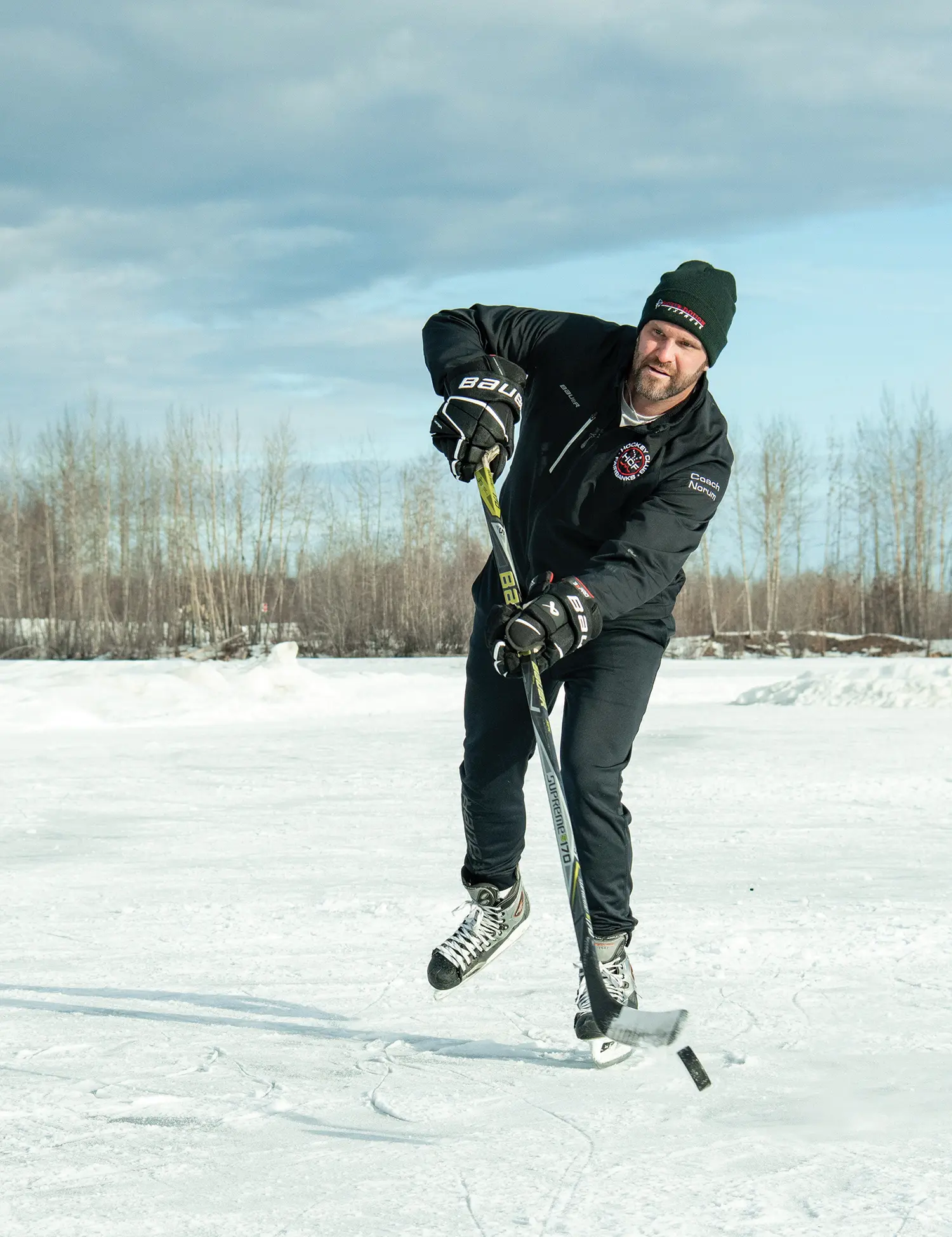
Dog Man by Dav Pilkey. Kids’ comic books. I read to my son every night.
What charity or cause are you passionate about?
Local youth sports. I coach two hockey teams, and soccer in summertime.
What’s the first thing you do when you get home after a long day at work?
Get a glass of wine and decompress for a little bit before making dinner for the kids.
What vacation spot is on your bucket list?
I would like to play golf in various locations… I’d love to go to Ireland and play there.
If you could domesticate a wild animal, what animal would it be?
It’d probably be a wolf. I don’t think I can deal with a bear at the house.
Off the Cuff
ovement defines his life and career, yet Josh Norum is part of a century-old fixture. Sourdough Express has stayed put in Fairbanks since the Klondike Gold Rush, and his family has owned the transport company since 1923, from his great-grandmother Schlotfeldt’s father-in-law through two generations of Gregorys on Norum’s mom’s side.
“I’m definitely very proud of our family’s legacy with our company,” he says. “We’ve transferred ownership through five generations, and I’m the fifth.”
In January 2022, Norum became company president, but that wasn’t always the plan. “I had aspirations to run a large business, but one of my own creation,” he recalls.
- 3-Tier Alaska
- Airport Equipment Rentals
- Alaska APEX Accelerator
- Alaska Mergers & Acquisitions, LLC
- Alaska Railroad
- Alaska School Activities Association
- American Heart Association
- Anchorage Convention Centers
- Coastal Transportation Inc
- Conam Construction Co
- ConocoPhillips Alaska
- Conrad-Houston Insurance Agency
- Construction Machinery Industrial
- Cook Inlet Tug & Barge Inc
- Craig Taylor Equipment
- Denali Commercial
- Fairbanks Economic Development Corporation/Alaska Defense Forum
- First National Bank Alaska
- GCI
- Global Credit Union
- JAG Alaska
- Kelley Create
- LifeMed Alaska
- Lynden
- Material Flow & Conveyor Systems, Inc.
- Matson Inc.
- Northern Air Cargo
- Oxford Assaying & Refining Inc
- Parker, Smith & Feek
- Petro Marine Services
- PND Engineers Inc.
- Resolve Marine
- Samson Tug & Barge
- Schwabe, Williamson & Wyatt, P.C.
- Seatac Marine
- Sheet Metal Inc
- Sourdough Express, Inc.
- Span Alaska Transportation LLC
- Stellar Designs Inc
- Structured Communication Systems
- T. Rowe Price
- Ted Stevens Anchorage International Airport
- TOTE Maritime Alaska LLC
- Udelhoven Oilfield System Services, Inc
- United Way of Anchorage
- Usibelli Coal Mine
- Wrightway Auto Carriers, Inc.

Rated Payload: 92,197 lb.
Heaped Capacity: 32.9 cu. yd
907.522.6466
907.474.2000
Three drive modes enhance machine response to match the application: Normal for typical operation; Eco that, when conditions allow, conserves fuel by smoothing throttle input, reducing maximum rpm, and optimizing transmission response for those conditions; and Traction, which applies added control to the auto-differential-lock system and powertrain to maximize traction over soft and slippery ground.
907.456.2000
907.335.5466
Rated Payload: 92,197 lb.
Heaped Capacity: 32.9 cu. yd
Three drive modes enhance machine response to match the application: Normal for typical operation; Eco that, when conditions allow, conserves fuel by smoothing throttle input, reducing maximum rpm, and optimizing transmission response for those conditions; and Traction, which applies added control to the auto-differential-lock system and powertrain to maximize traction over soft and slippery ground.

Anchorage
907.522.6466
The Rental Zone
907.474.2000
Fairbanks
907.456.2000
Kenai
907.335.5466
Delta Junction
907.895.9898
Prudhoe Bay
907.659.2000





